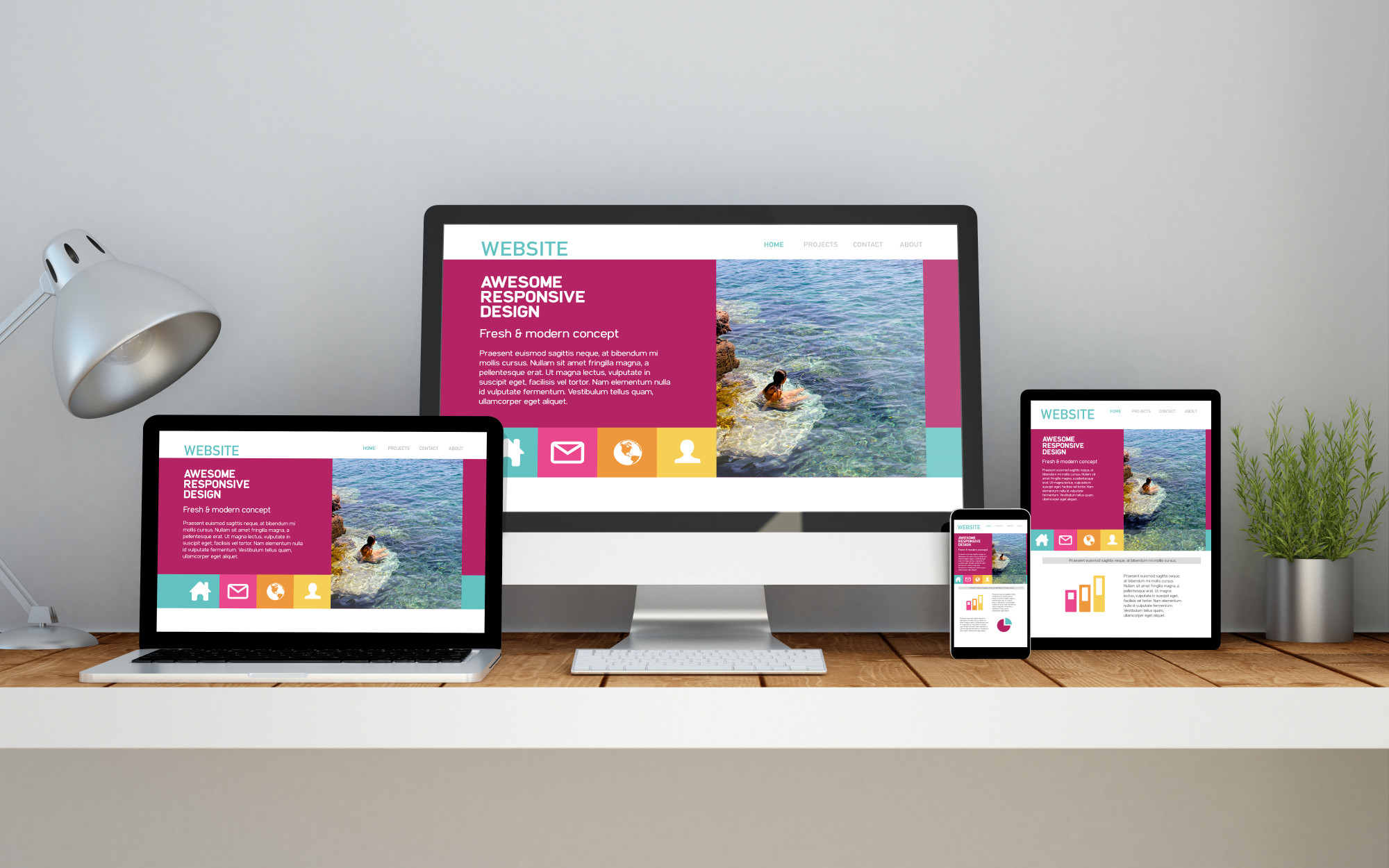Top Trends in Web Design You Required to Know for 2024
Top Trends in Web Design You Required to Know for 2024
Blog Article
An Extensive Overview to Comprehending the Crucial Element That Add To Effective Web Style in Today's Digital Landscape
In today's quickly developing electronic landscape, the intricacies of effective web style need mindful factor to consider of numerous fundamental components. From the vital nature of receptive design to the nuances of reliable web content technique, each element plays an essential role in enhancing user experience and interaction. Understanding exactly how these components interconnect is vital for developing a web site that not only attracts site visitors however additionally cultivates long lasting links. As we explore these crucial aspects, one might wonder exactly how they can be effectively applied to accomplish ideal results.
Relevance of Responsive Style
In today's digital landscape, the importance of receptive style can not be overemphasized. As individuals significantly gain access to sites through a range of devices, consisting of smartphones, tablet computers, and desktop computers, a website's capability to adapt its layout and functionality to different display sizes is important. Receptive style boosts user experience by ensuring that content is quickly understandable and navigable, despite the device being utilized.

Key Concepts of Customer Experience
Responsive layout prepares for a positive customer experience, which is affected by a number of key concepts that direct efficient web layout. One of the primary principles is simplicity, where a tidy and uncluttered interface permits individuals to navigate the site effortlessly. This is enhanced by instinctive style, which ensures that users identify practical elements without confusion.
An additional vital facet is access, making sure that all customers, despite their capacities, can engage with the internet site. This entails using legible typefaces, contrasting shades, and different text for pictures. Additionally, the principle of uniformity throughout different pages helps customers build experience with the site, improving their total experience.

Navigational Framework and Use
A well-organized navigational structure is necessary for improving use on an internet site, as it straight influences just how quickly customers can find information and complete their objectives. A clear pecking order permits individuals to with ease recognize the format of a site, promoting smoother navigating and lowering aggravation.
Efficient navigation must integrate a sensible grouping of related web content, which aids individuals find details quickly. Applying primary, second, and tertiary navigation food see this here selections can produce a seamless experience, leading customers through different degrees of content without overwhelming them. Uniformity in navigation design throughout all web pages is crucial; users ought to constantly know where they are and exactly how to return to previous areas.
Additionally, the usage of detailed labels for navigation links is essential. Individuals need to have the ability to anticipate the material of a web page based exclusively on the link text. Browse functionality also enhances functionality, enabling individuals to bypass the navigating framework completely if needed.
Lastly, mobile responsiveness has to be thought about, as a significant part of internet website traffic originates from mobile devices. A navigational structure that adapts to various screen dimensions will make certain functionality stays high, no matter of the system.
Visual Elements and Branding
Effective visual aspects and branding are essential elements of web style, as they not just share the identification of a brand however additionally boost individual interaction. A cohesive visual identity, defined by regular use of colors, typography, and imagery, establishes acknowledgment and fosters trust amongst look at here users. Color psychology plays a significant function; various tones evoke specific emotions and can affect customer actions. Blue often shares trust fund, while red can produce a feeling of urgency. web design.
Choosing ideal font styles that align with the brand's individuality can improve the message and enhance customer experience. They ought to be appropriate, compelling, and maximized for quick loading to preserve individual focus.

Material Technique and Interaction
Developing a robust web content method is necessary for driving individual involvement and promoting meaningful interactions on a site. A well-defined material approach lines up with organization goals while dealing with the demands and choices of the target market. It includes various components, including content development, curation, circulation, and evaluation, ensuring that the internet site remains pertinent and important.
Efficient web content needs to be customized to reverberate with individuals, making use of a mix of styles such as posts, videos, infographics, and interactive functions. This variety not only catches focus but additionally deals with varied see this knowing designs and preferences. Additionally, utilizing search engine optimization finest techniques improves visibility, attracting natural website traffic to the website.
Interaction is more magnified with the integration of user-generated web content, social sharing choices, and phones call to action that motivate communication. By promoting a feeling of area and dialogue, websites can cultivate loyalty and motivate repeat visits.
Last but not least, constant analysis of user involvement metrics enables recurring optimization of web content strategy, guaranteeing that the website adapts to developing customer requirements and choices (web design). In the competitive digital landscape, a calculated strategy to material is critical for continual success
Verdict
Finally, successful web design in today's digital landscape counts on a complex method that incorporates responsive style, customer experience concepts, instinctive navigating, natural aesthetic branding, and a strategic content framework. Each of these components plays an important function in boosting individual interaction and satisfaction. By focusing on these key parts, internet sites can successfully fulfill organization objectives while fostering meaningful links with their target market, inevitably adding to continual success in an increasingly affordable on-line setting.
Report this page